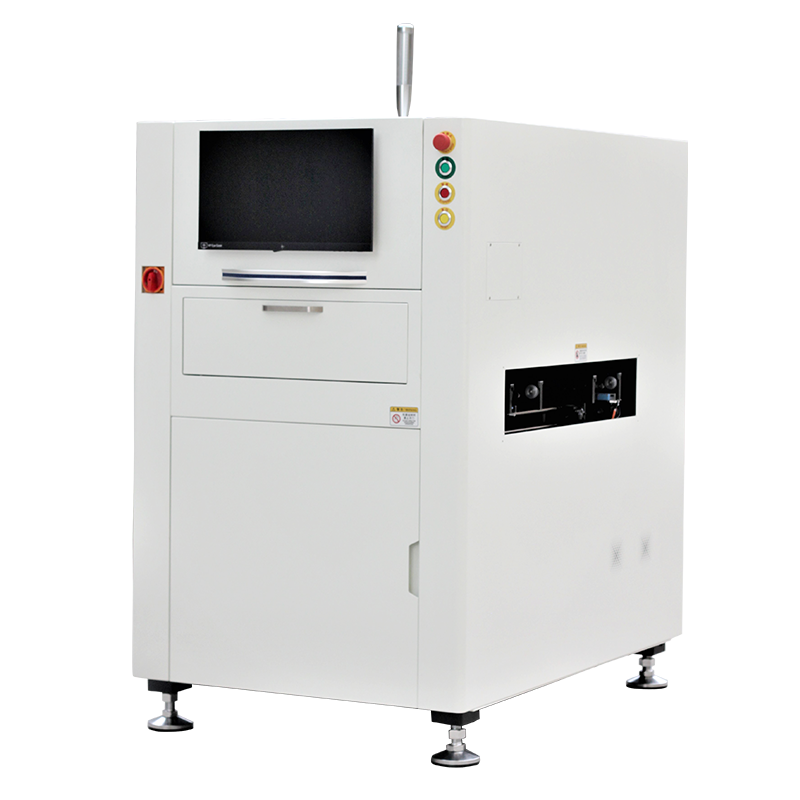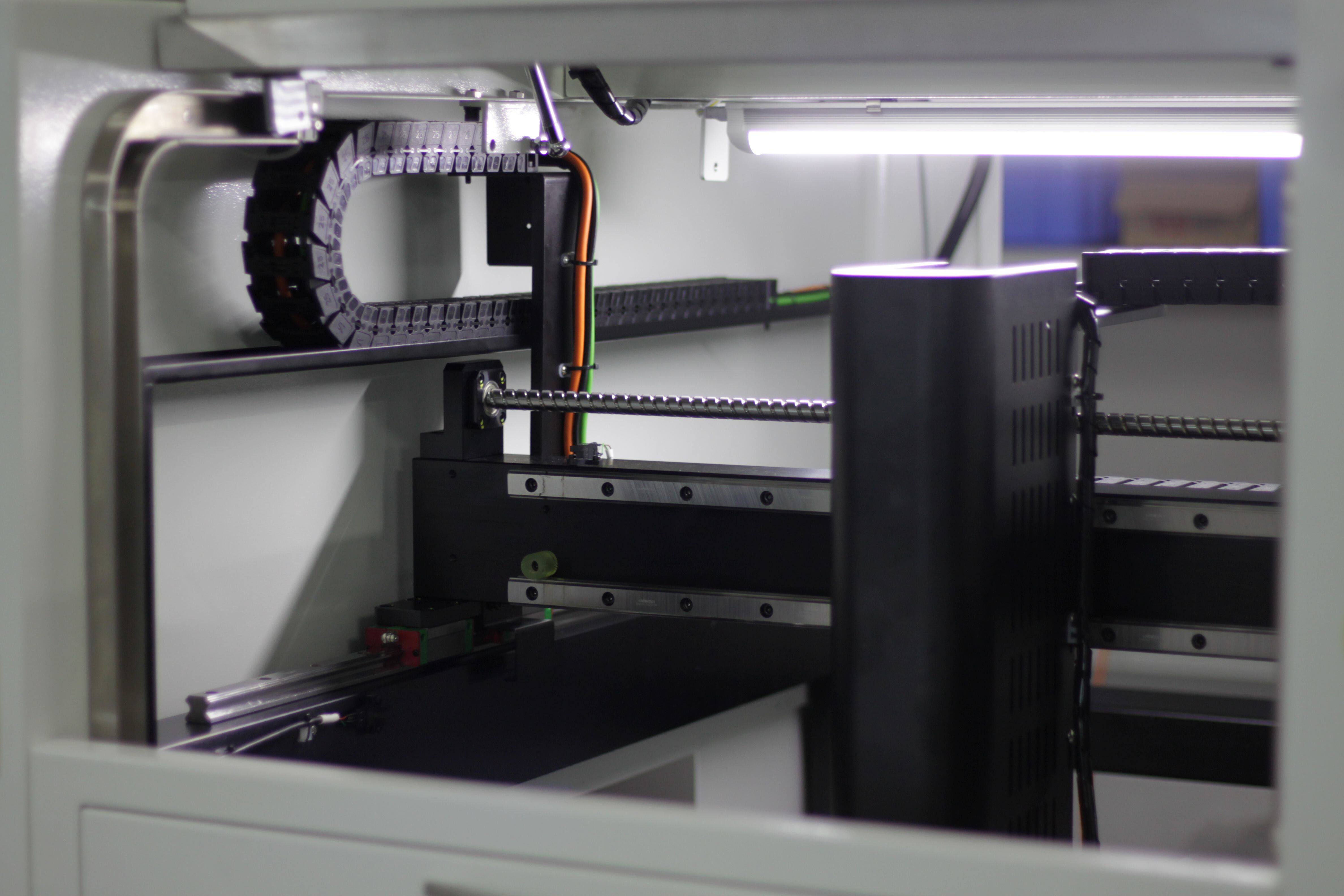E-Mail-Formatfehler
emailCannotEmpty
emailDoesExist
pwdLetterLimtTip
inconsistentPwd
pwdLetterLimtTip
inconsistentPwd


AOI Automated Optical Inspection Machine: Revolutionizing Quality Control in Manufacturing
Quality control plays a pivotal role in ensuring the production of flawless and reliable products In the world of modern manufacturing. However, manual inspection methods have their limitations, such as human error and time constraints. The AOI Automated Optical Inspection Machine has emerged as a game-changer in the industry, revolutionizing the way quality control is carried out. This article delves into the intricacies of AOI technology, its advantages, applications, and the overall impact it has had on manufacturing processes.
I. Understanding AOI Technology:
1. An Overview of AOI:
Automated Optical Inspection (AOI) is a state-of-the-art technology that utilizes advanced machine vision algorithms and high-resolution cameras to inspect and analyze printed circuit boards (PCBs), electronic components, and other products for defects, such as soldering issues, missing components, or misalignment.
2. How AOI Works:
The AOI machine captures high-resolution images of the product under inspection. These images are then processed using sophisticated software algorithms, which analyze and compare them against predefined standards and specifications. Defects are automatically identified, flagged, and categorized based on their severity.
II. Advantages of AOI Machines:
1. Enhanced Accuracy and Reliability:
AOI machines eliminate the potential for human error, ensuring consistent and reliable inspection results. The high-resolution cameras and advanced algorithms enable the detection of even the tiniest defects that may go unnoticed during manual inspections.
2. Increased Inspection Speed:
Unlike manual inspections, which can be time-consuming and labor-intensive, AOI machines can inspect hundreds of products in a fraction of the time. This leads to significant improvements in productivity, allowing manufacturers to meet demanding production deadlines without compromising quality.
3. Cost-Effectiveness:
While initially, AOI machines may seem like a significant investment, they prove to be cost-effective in the long run. With reduced reliance on manual labor, manufacturers can allocate resources more efficiently, leading to lower overall production costs.
III. Applications of AOI Machines:
1. PCB Manufacturing:
AOI machines have revolutionized quality control in PCB manufacturing. They can accurately detect defects such as soldering issues, misaligned components, and bridging, ensuring the production of high-quality PCBs that meet industry standards.
2. Electronic Assembly:
AOI machines play a crucial role in the inspection of electronic assemblies, including complex circuits and densely populated boards. By identifying defects early in the manufacturing process, costly rework and potential failures can be avoided, saving time and resources.
3. Automotive Industry:
The automotive industry has greatly benefitted from AOI technology. AOI machines ensure the quality and reliability of electronic components used in vehicles, such as control units, sensors, and circuit boards. This helps prevent potential malfunctions and ensures passenger safety.
IV. Impact of AOI Machines on Manufacturing Processes:
1. Reduced Rework and Scrap Rates:
By detecting defects early in the production process, AOI machines significantly reduce rework and scrap rates, leading to cost savings and improved product quality.
2. Enhanced Customer Satisfaction:
AOI machines help manufacturers deliver products of exceptional quality, meeting or exceeding customer expectations. This boosts brand reputation, enhances customer satisfaction, and fosters long-term customer loyalty.
3. Streamlined Inspection Procedures:
With AOI machines, inspections become standardized and automated, streamlining the quality control process. Manufacturers can set predefined inspection parameters, reducing the chances of subjective judgment and ensuring consistent results.

AOI Automated Optical Inspection Machines Provide High Accuracy and Efficiency
The advent of AOI Automated Optical Inspection Machines has revolutionized quality control in manufacturing. With their accuracy, efficiency, and cost-effectiveness, AOI machines have become an indispensable tool for manufacturers across various industries. As technology continues to advance, we can expect further enhancements in AOI machines, contributing to even greater efficiency and accuracy in the production of high-quality goods.

